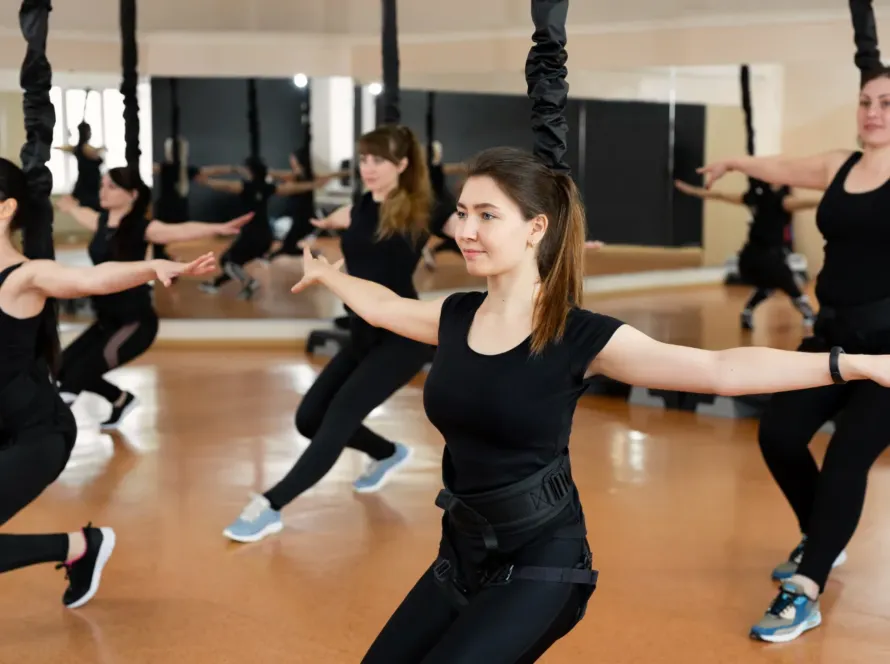The First Priority: A Guide to Safety in Fire and LED Shows
A fire dancer moves, and a hush falls over the room. An LED performer lights up a dark stage, and the audience gasps. These are moments of pure awe. They look magical, almost effortless. That effortlessness is an illusion. It results from immense skill, countless hours of rehearsal, and a deep and non-negotiable respect for safety.
A fire show is a chemistry experiment. It can be beautiful and controlled, or it can be a disaster. The difference is the protocol. The same is true for a complex LED show. As an agency that manages these artists, we treat safety as the absolute foundation of every performance. A great show is a safe show. Period. Let’s talk about how that happens.

The First Priority: Why Safety Is Foundational
Let’s be direct. These performance types have inherent risks. Fire is fire. Electricity is electricity. There is no room for carelessness. A good safety protocol protects everyone. It protects the performer. It protects the audience. It protects the venue. A single accident can have serious reputational and legal consequences. Fire safety training for performers is not an option but a baseline requirement. A great show is only possible when a safe environment allows the artist to perform confidently.
Essential Safety Gear for Fire Dancers
A professional fire dancer never works alone. They always have a dedicated safety assistant or “spotter.” Their kit also contains some essential items. This is the minimum performer safety equipment for any fire performance guidelines.
- A Fire Blanket: This is for the immediate extinguishment of props. In an emergency, it can also be used on a person.
- A Fire Extinguisher: A correctly rated CO2 or dry powder extinguisher must be within immediate reach of the safety spotter.
- A Fuel Depot: All fuel must be stored in labeled, sealed metal containers. This depot must be located well away from the performance area and ignition sources.

LED Performers: Common Hazards and How to Address Them
An LED show has a different set of risks. LEDs show safety tips that are mainly about the equipment itself.
- Electrical Shorts: LED costume hazards are real. Poorly wired or insulated costumes can cause burns or electric shocks. A professional costume has all its wiring insulated and secured.
- Battery Safety: High-power LED rigs use lithium-ion batteries. These must be high-quality cells from a reputable manufacturer. They need correct storage and handling to prevent overheating.
- Performer Visibility: Very bright LEDs can sometimes impair a performer’s vision, especially in a dark room. The choreography must account for this.
Stage Preparation: Fire and LED Safety Setup
The stage safety for fire acts begins long before the performer arrives. The venue must be correctly prepared. The performance area needs a thorough inspection. Are there any low-hanging decorations? Is the floor clear of debris? Is the surface stable and not slippery? Any flammable materials, like loose carpets or paper decorations, must be removed from the vicinity. All cables on the floor must be securely taped down for LED performers to prevent trips.
Fire-Retardant and Electrical-Safe Fabrics
The performer’s costume is their first line of defense. Natural fibers like cotton, leather, or treated denim are the standard for fire artists. Synthetic fabrics like polyester can melt onto the skin, so they are always avoided. Heat-retardant costumes are a professional standard. For LED performers, the costume must allow for the secure placement of wires and battery packs. The wires should be insulated and routed away from joints to prevent breakage.

Emergency Preparedness
You must have a plan. No matter its size, every show needs an emergency plan for performances. What happens if something goes wrong?
The performer and the safety spotter must have a clear plan for emergencies. The venue staff should be briefed. There must be clear, unobstructed exit routes for the performer and the audience. A first-aid kit must be on hand. Preparation is the key to a calm and effective response.
Distance & Crowd Control
This is a simple rule, but one of the most important. There must be a safe distance between the performer and the audience. A professional will require a clearly defined safety perimeter. This can be marked with stanchions or maintained by security personnel. For a fire show, this distance is non-negotiable and can be three meters or more, depending on the props used.
Choreography with a Safety Focus
The art must always respect the risk. A professional performer’s choreography is designed with safety as a core component. They practice their routine countless times to build muscle memory. They will adjust their movements based on the venue to avoid potential hazards, like a low ceiling or an uneven floor. They will avoid any movements that might cause their hair or costume to come into contact with a flame.

Post-Show Protocols and Equipment Checks
The job is not over when the music stops. Professional performers have a strict post-show routine. All fire props must be fully extinguished, cooled, and stored safely in fuel containers. LED costumes and props need a check. Batteries should be disconnected. All wiring should be inspected for frays or damage before use.



